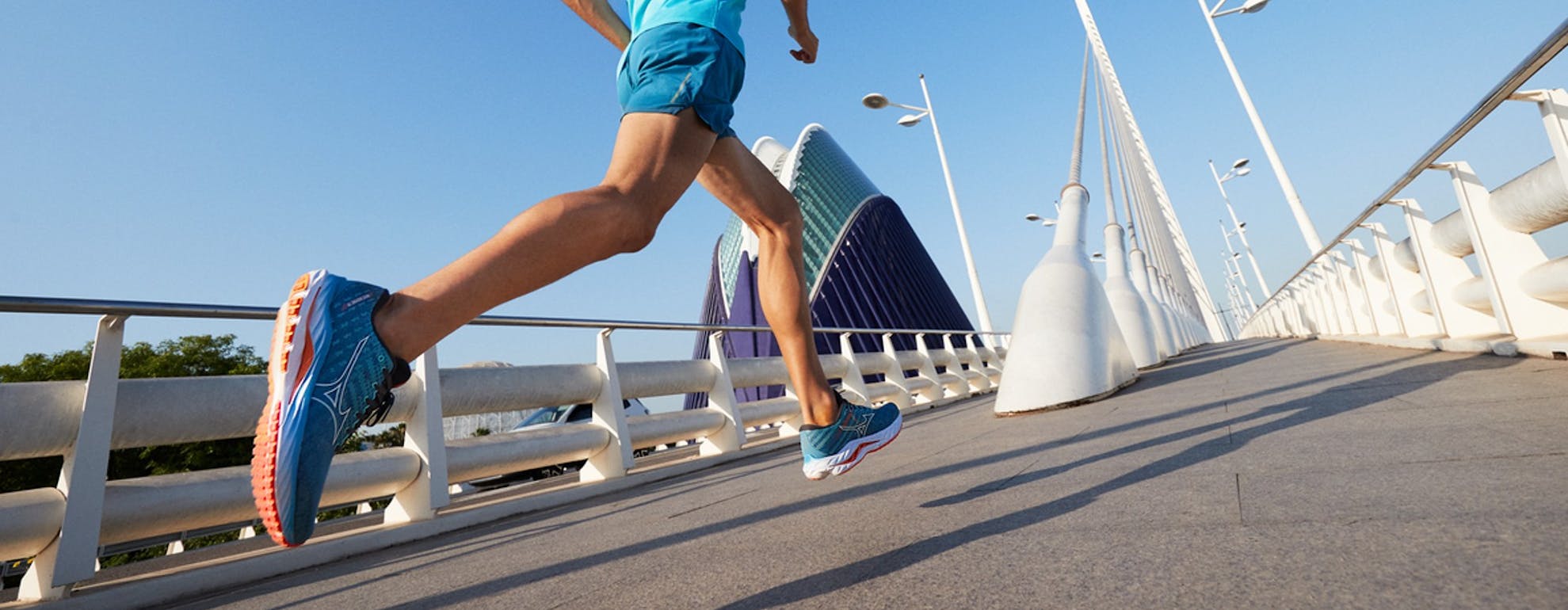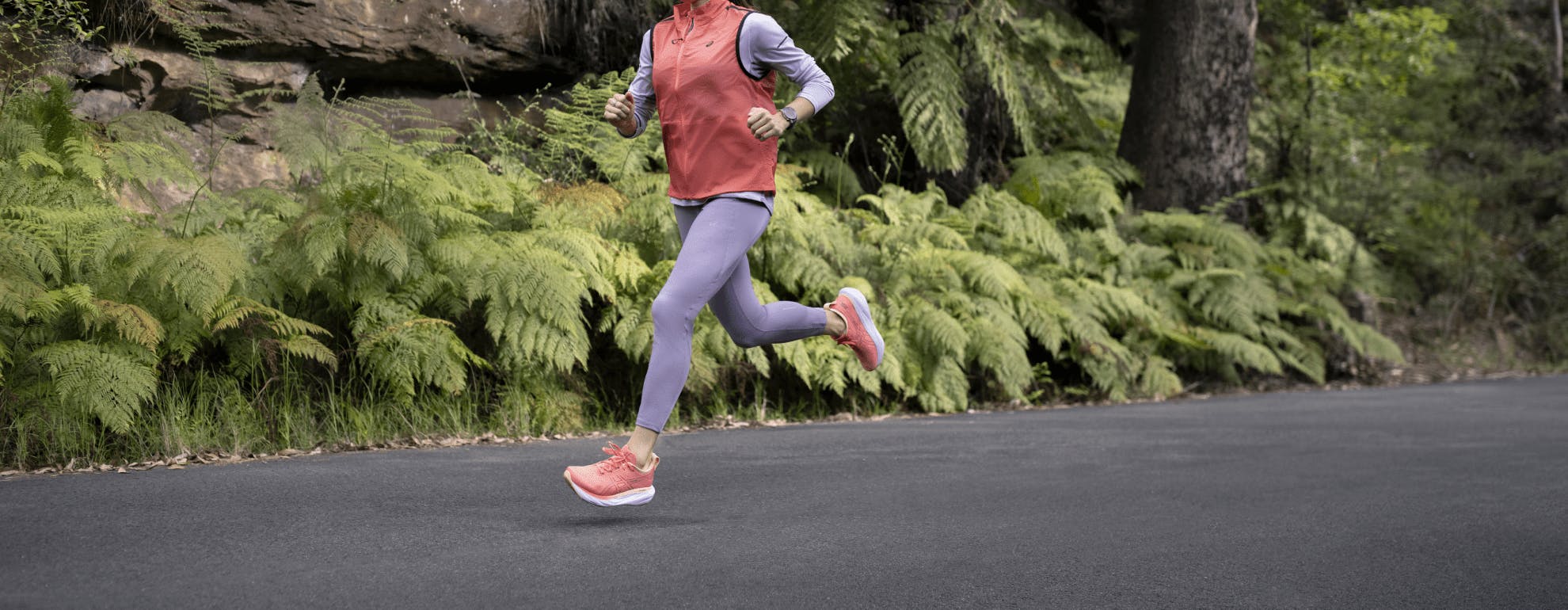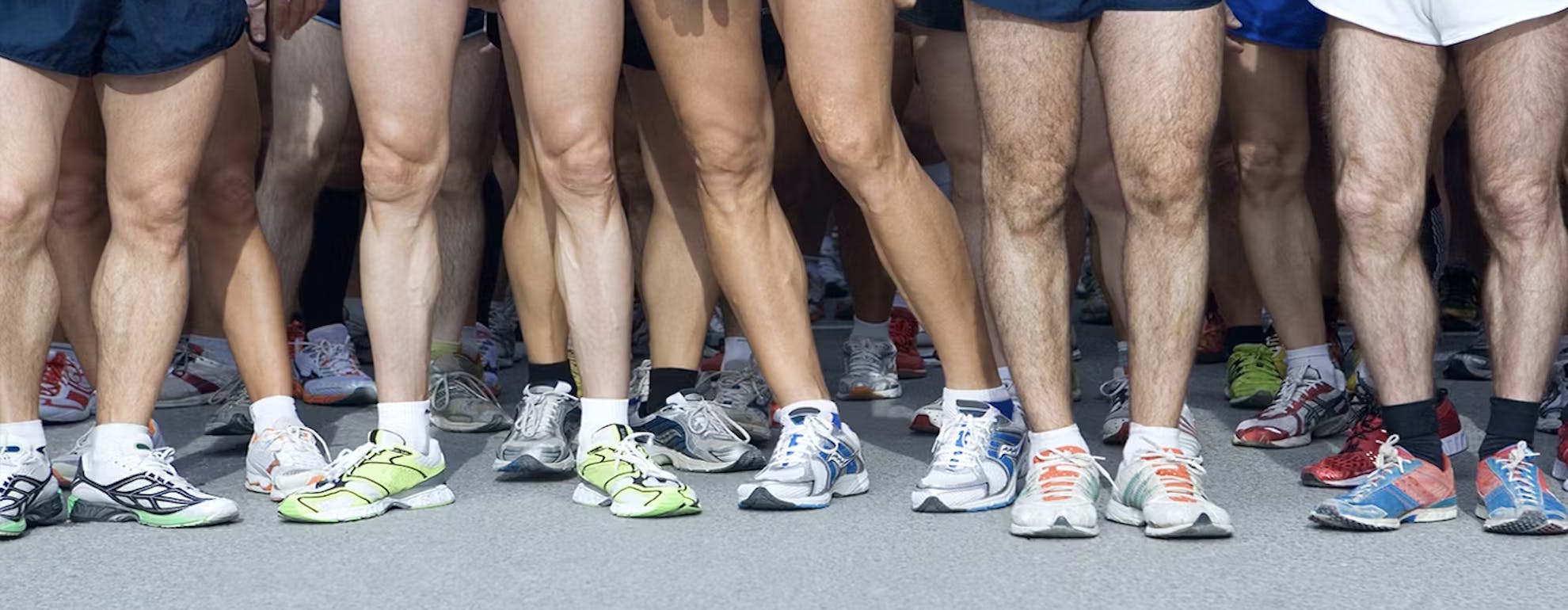
An Introduction to Fastpacking with Montane
Interested in moving light and fast in the mountains?
In partnership with Montane, Kathryn Roberts of The Mountaineering Company gives us an introduction to fastpacking, with some key tips and advice on the kit you'll need and how to plan your adventures.
ㅤ

ㅤ
What is Fastpacking?
You may have heard the term 'Fastpacking' kicking about in the trail community and wondered what exactly it is. In short, it’s about moving fast and light in the mountains, a combination of trail running, backpacking, and hiking that involves covering long distances in a short amount of time.
Fastpacking trips are often multi-day adventures and you can either run with your kit from hut to hut, or you can pack your tent to camp out. Personally, I like to mix it up - there is no better feeling than some freshly cooked food and a shower after days of roughing it up on the trails!
ㅤ
How does this differ from a multi-day hike?
The difference with fast-packing is that we ditch most of the heavy weight we would carry on a multi-day hike in favour of a more minimalist approach. A 60L pack becomes 30L max if possible. You will march up the hills and run the flat sections and descents (where possible). You will pack enough to make the journey safe and comfortable, but as light as you possibly can. This is where the warmer climates with guaranteed sunshine are a winner, as we can get away with carrying less than we would in the UK and there is less risk involved with hypothermia.
ㅤ
How do I plan my first fast-packing experience? Where to start?
To get started in the adventurous world of fastpacking you need some lightweight camping gear, some running clothing and the ability to move around the mountains and navigate. The equipment doesn't need to be the most expensive but a tent weighing less than 1.5kg and a warm and lightweight sleeping bag will ensure you can move quickly without the burden of a heavy pack. Your clothing doesn't need to be super technical but having appropriate running clothing, some trail shoes and durable waterproofs and layers will keep you warm and dry whilst on the go.
Having the right skill set is super important when fastpacking, as moving quickly in the mountains is a liberating experience…but you can get yourself into trouble much more easily than walking. You can also get out of trouble quickly, but you will require the ability to navigate and the necessary experience in the mountains to suit your objectives. If you don't possess the skills you need, then why not check out a fast-packing course or a navigation course?
ㅤ

ㅤ
Poles or not to pole?
Running poles and the assistance they can give you on the uphills with a pack on is a game changer. For most - learning how to use poles correctly so you get the maximum benefit takes some time - be prepared to feel clumsy with them and the downhills can take some getting used to but it is certainly worth learning how to use poles - your knees will thank you in the long term. My go-to poles are lightweight Leki Ultratrail FX. One Trail Running Poles - to keep the weight down I go for the fixed length for my height.
ㅤ
Trekking Overseas
Once you sink your teeth into a few UK fastpacking journeys, the overseas treks will start calling. Well-known routes like the Tour du Mont Blanc and Haute Route offer one of the finest routes you will ever undertake and the warmer climate and the frequent refuges that offer food and drink will allow you to take a lighter pack leaving room for some of that amazing alpine food.
ㅤ
Do I have to spend out on LOADS of gear?
Budget will certainly impact the weight of your pack, but don't let that be a barrier to participation. You will find some great value tents on the market that don't break the bank and sleeping bags don't need to be the most expensive or lightweight ones available. Start with what you can afford and should you become addicted to fast packing you can always upgrade the kit as you go. Aim for a 30L pack for your first fastback then slowly update your kit to suit as you become more obsessed. Also heading out with others? Split the tent and share the weight!
ㅤ

ㅤ
My top advice and kit recommendations for Fastpacking
1. A comfy and correctly fitted backpack
We are moving with weight so on the descent gravity is wanting to pull us down and with the weight of our packs even more so. Turbo descending! Having a correctly fitted pack will allow you to move more fluidly without any aches and pains after day 1. The key is to make sure the pack isn't bouncing around, If you find this happening then stop and readjust as many times as you need to.
LADIES - there are a lot more Women's specific fit packs available on the Market now. Get out and try as comfort is key! This is supposed to be fun after all!
ㅤ
2. Running/Hiking Poles
It's worth spending time mastering the technique of using poles, because if you do then they will save you plenty of time and energy.
ㅤ
3. Super charge your sleep
Sleep is the key to a successful multi-day trip. Sleep well? More energy! I go for comfort overweight when it comes to my sleep set-up. Warm sleeping bag a sleep mat with a higher comfort rating and even a little inflatable pillow that packs down so small I don't even realise I am carrying it. Also, consider where you are more than likely to be sleeping. Up in the mountains? Experience cooler temperatures overnight? Or in the valleys and you know it will be warmer during the evenings.
ㅤ
4. Take a Camera
Saves your phone battery and allows you to immerse yourself in the journey and capture memories.
ㅤ
5. Coffee to go
v60, metal filter and freshly ground beans! Say no more.
ㅤ
6. Socks
Carry extra pairs. Dry socks after some time in wet ones are an absolute game changer!
ㅤ
7. Camp shoes
Birkenstocks come with me to air my feet out after a long day in trainers. If my toes are a bit chilly I have been known to rock the Birkenstocks and socks look around camps.
ㅤㅤ
8. Camp under the stars or a bunkhouse with a bar?
Whether you camp or stay in accommodation makes no difference to a fastpacking journey but the latter sometimes means you can cover larger distances as you won't be carrying the extra weight of a tent and camping gear. If you head out to the Alps you can cover larger distances if you stay in a bunkhouse or refuge but you are committed to getting to your accommodation so make sure you carry some spare layers and emergency shelter for the unlikely event you are involved in an accident.
ㅤ

ㅤ
9. GPS Devices
Solo fast packers - listen up! Going solo in the mountains is an incredibly rewarding experience and the total reliance on your ability and skill makes you far more confident as you have nobody else to defer to when the going gets tough. With that independence comes a higher level of risk so make sure somebody else knows where you are and what time you intend to be back. GPS devices like the Garmin InReach mini and Messenger will enable you to contact people if you need help or to check in at the end of your day.
ㅤ
10. Stay dry!
One of the best purchases you can make, especially if you spend time in the less than sunny UK are good quality dry bags. Nothing worse than sleeping in a damp sleeping bag and a wet sleeping bag could be potentially very serious. Buy a good quality dry bag for your layers and sleeping bag and double bag items if it's forecast to be particularly wet. You can also stuff your layers into your dry bag when you go to sleep making a perfect adventure pillow.
Top Tip: If you hate cold feet you can boil some water and put it into a 1L Nalgene bottle and use it as a hot water bottle, it also makes sure you have clean/boiled water for the next day.
ㅤ
11. Keep hydrated
Water can be a challenge as too much of it will weigh your bag down and not enough will leave you feeling lethargic and tired. Around 2L would be sufficient but on warmer days you may need more. For the bigger journeys in summer consider taking a water filter so you can pump fresh water into your bottle. Several brands exist on the market so do some research and pick the right one for you.
ㅤ
12. Planning further
Okay, so my favourite part of fast packing has got to be the planning! Grab a Map of the area of interest - open your apps… Kamoot, All trails, Outdoor Active (All fantastic for ideas and plotting). Google and read up blogs.. and when something catches your eye that's the trip for you! Cicerone guides also break down a lot of these routes and give you all the information you need.
ㅤ
13. Invest in good quality kit
Here are my recommendations for apparel;
ㅤ
Planning Considerations
1. Firstly, how much holiday do you have?
How long are you willing to travel to the start of your trail? (Always allow a day on either side and in the middle as a 'Kit faff or I need a rest day'.
ㅤ
2. What is your goal for the trip?
Experience somewhere new? Cultural visit or simply wanting to reach certain villages/towns by foot and out for the challenge? Include anything you want. Historical monuments along the route? Pop it in there - let your planning creativity go wild!
ㅤ
3. How accessible are these areas?
Are you flying in or driving and leaving your car somewhere at the end with the option of getting the train back to it? The simpler the better. I always like to make sure the transportation options are good as a plan C option. Always carry this information on you in case you run out of signal. Routes such as the TMB have regular bus services that will take you down to the nearest valley for a small fee. Carry emergency cash too.
ㅤ
4. What is your fitness level?
This will determine the mileage/elevation you cover per day or throughout the trip. Always consider you are moving with weight so try not to be tempted to overcook it too soon - it is always better to finish the day feeling like you have plenty in the legs ready for the next. Set a long-term goal and train for it - We also offer coaching plans at TMRC
ㅤ
5. Supplies
Again when planning have a look at the villages you are stopping at in advance. Do they have cafes? Supermarkets to re-supply? If so then you can plan to carry enough food to get you there. Or are you fully off the grid for several days and need to carry everything?
ㅤ
6. Safety
Always read up on the local Mountain Rescue and how to call them in the case of an emergency. Know how to read a grid reference in case you have to share your location (OSMAPS, Outdoor Active will do this in the App)
ㅤ
7. Check Insurance requirements before going
I.e in the Alps make sure you have insurance cover that also includes running and helicopter cover. Also, tell people where you are going and your plan for the day also let them know when you arrive at the next location.
ㅤ
8. Shelter or tent
If you are carrying a tent then this will also double up as your safety shelter for the trip but if not then always carry a shelter.
ㅤ

ㅤ
9. Navigation
A lot of the trails overseas are very well marked BUT having some basic navigation skills will always come in handy. In the UK having navigational skills would be more of an advantage… need to develop this skill? Join us on a navigation course!
ㅤ
10. Luggage
We always look for lockers in the areas we plan on finishing the trip in and will drop off a spare kit that we didn't need and anything extra we will want for when we finish. Also means if you are sticking around for longer you can pack extra clothing! This is where doing a circular journey is handy.
ㅤ
The main thing to take for this is create a journey that inspires you and excities you and go and do it! I hope these points help you on your way to your very own fast and light adventure!!
ㅤ

ㅤ
Kathryn Roberts is based in North Wales on the outskirts of Eryri, where the mountains meet the sea. As co-owner and guide for The Mountaineering Company, she offers a wide range of outdoor adventures from multi-day running trips, overseas, to running. When she's not working in the mountains, you'll find her in the mountains of the UK on fast and light raids, exploring and discovering new places.
ㅤ
Interested in the latest shoes, apparel and technology? Then head over to our Kit & Gear category for more reviews, tips, advice and product releases.
Welcome
Welcome to SportsShoes Kit & Gear Hub! Here you'll find all the information and advice you need about the very latest kit, technology and gear.
Read More
Share this
Featured Articles
View All



